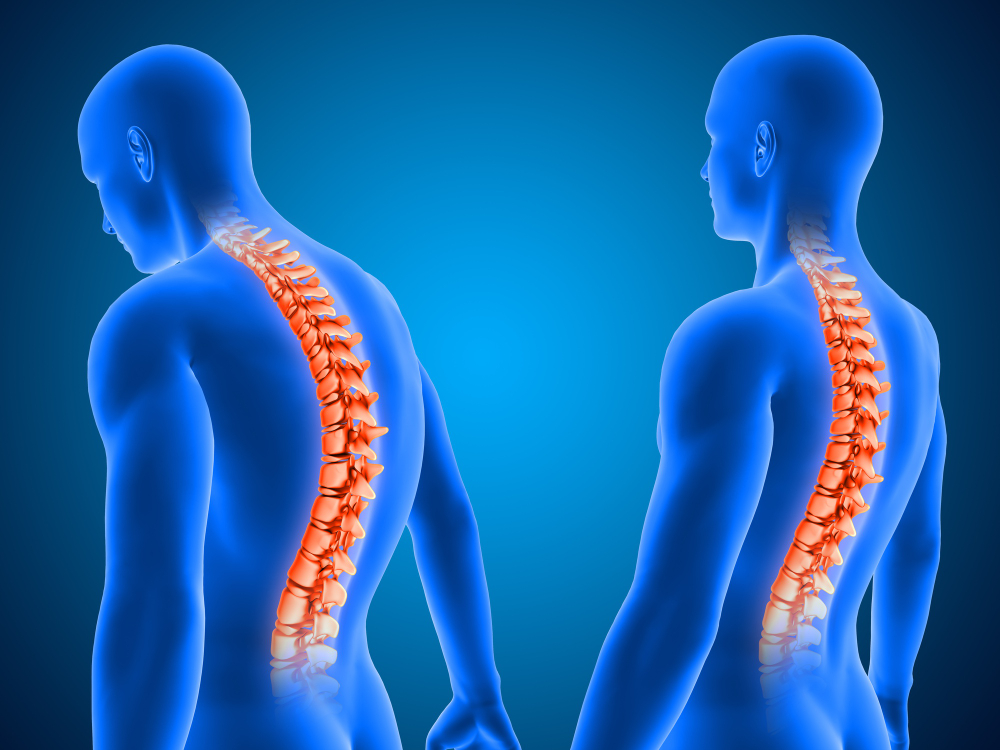8 Great Exercises to Safeguard Your Spine
Your spine is a central pillar in your body, supporting your head, torso, and arms while allowing for a range of movements. Given its critical role, it’s essential to maintain its health through proper care and exercise. Strengthening and stabilizing your spine can prevent back pain, reduce the risk of injury, and enhance overall mobility. Here are eight effective exercises designed to safeguard your spine and promote a healthy, resilient back.
1. Planks
How to Do It:
- Start in a push-up position with your forearms on the ground, elbows directly below your shoulders.
- Keep your body in a straight line from head to heels, engaging your core muscles.
- Hold this position for 20-60 seconds, then rest. Repeat for 2-3 sets.
Why It Helps: Planks strengthen the core, which provides crucial support to the spine. A strong core helps maintain proper alignment and reduces strain on the back.
2. Bird-Dog
How to Do It:
- Start on your hands and knees, with your hands under your shoulders and knees under your hips.
- Extend your right arm forward and left leg back, keeping your hips level.
- Hold for a few seconds, then return to the starting position.
- Switch to the opposite arm and leg. Perform 10-15 repetitions on each side for 2-3 sets.
Why It Helps: The Bird-Dog exercise enhances balance and coordination while strengthening the lower back and core muscles. It promotes stability and reduces the risk of back injuries.

3. Cat-Cow Stretch
How to Do It:
- Begin on your hands and knees in a tabletop position.
- Inhale as you arch your back (Cow Pose), lifting your tailbone and chest towards the ceiling.
- Exhale as you round your back (Cat Pose), tucking your chin to your chest and drawing your belly towards your spine.
- Repeat the sequence for 10-15 breaths.
Why It Helps: This dynamic stretch improves flexibility in the spine, alleviates tension, and helps maintain healthy spinal mobility.
4. Bridge
How to Do It:
- Lie on your back with your knees bent and feet flat on the floor, hip-width apart.
- Lift your hips towards the ceiling, squeezing your glutes and engaging your core.
- Hold for a few seconds, then lower your hips back to the floor.
- Perform 12-15 repetitions for 2-3 sets.
Why It Helps: The Bridge exercise strengthens the lower back, glutes, and core muscles. A strong posterior chain supports the spine and improves overall stability.
5. Pelvic Tilts
How to Do It:
- Lie on your back with your knees bent and feet flat on the floor.
- Tighten your abdominal muscles and press your lower back into the floor.
- Hold for a few seconds, then relax.
- Perform 10-15 repetitions for 2-3 sets.
Why It Helps: Pelvic Tilts target the lower abdominal muscles, helping to stabilize the pelvis and reduce lower back pain.
6. Child’s Pose
How to Do It:
- Kneel on the floor with your big toes touching and knees apart.
- Sit back on your heels, then extend your arms forward and lower your torso to the floor.
- Hold the stretch for 20-30 seconds, breathing deeply.
Why It Helps: Child’s Pose gently stretches the lower back, hips, and thighs, promoting relaxation and relieving tension in the spine.
7. Supine Spine Twist
How to Do It:
- Lie on your back with your arms extended out to the sides.
- Bend your knees and place your feet flat on the floor.
- Slowly drop your knees to one side while keeping your shoulders grounded.
- Hold for 20-30 seconds, then switch sides. Perform 2-3 sets.
Why It Helps: The Supine Spine Twist stretches the muscles along the spine and improves spinal mobility, aiding in the release of tension and enhancing flexibility.
8. Standing Forward Bend
How to Do It:
- Stand with your feet hip-width apart.
- Hinge at your hips and reach towards the floor, keeping your knees slightly bent if needed.
- Hold the stretch for 20-30 seconds, then gently rise back to a standing position.
Why It Helps: The Standing Forward Bend stretches the hamstrings and lower back, promoting flexibility and reducing stiffness in the spine.
Massage Therapy in Langley | Massage Therapy in Langley | Physiotherapy in Langley | Physiotherapy in Langley
Conclusion
Incorporating these exercises into your routine can significantly benefit your spinal health. By strengthening the muscles that support your spine, improving flexibility, and promoting proper alignment, you can reduce the risk of back pain and enhance your overall well-being. Always remember to perform these exercises with proper form and consult with a healthcare provider if you have any pre-existing conditions or concerns. Taking proactive steps to safeguard your spine will contribute to a healthier, more active lifestyle.

 +1987 123456
+1987 123456 info@example.com
info@example.com +9987 554855
+9987 554855
